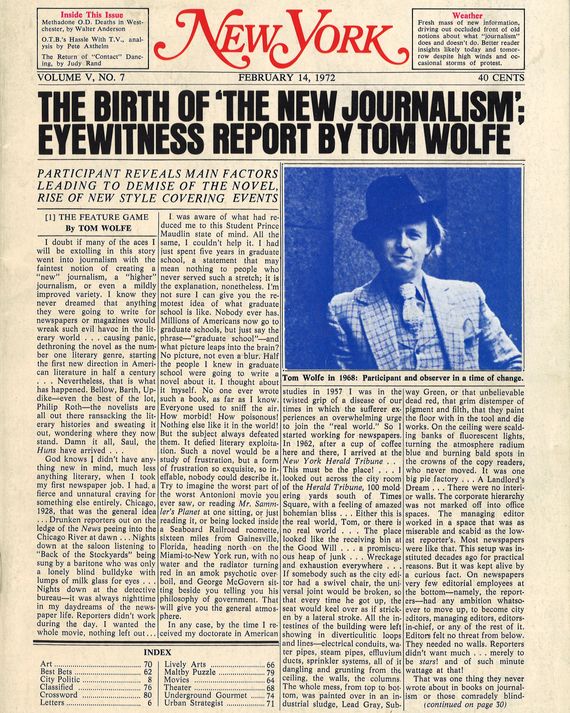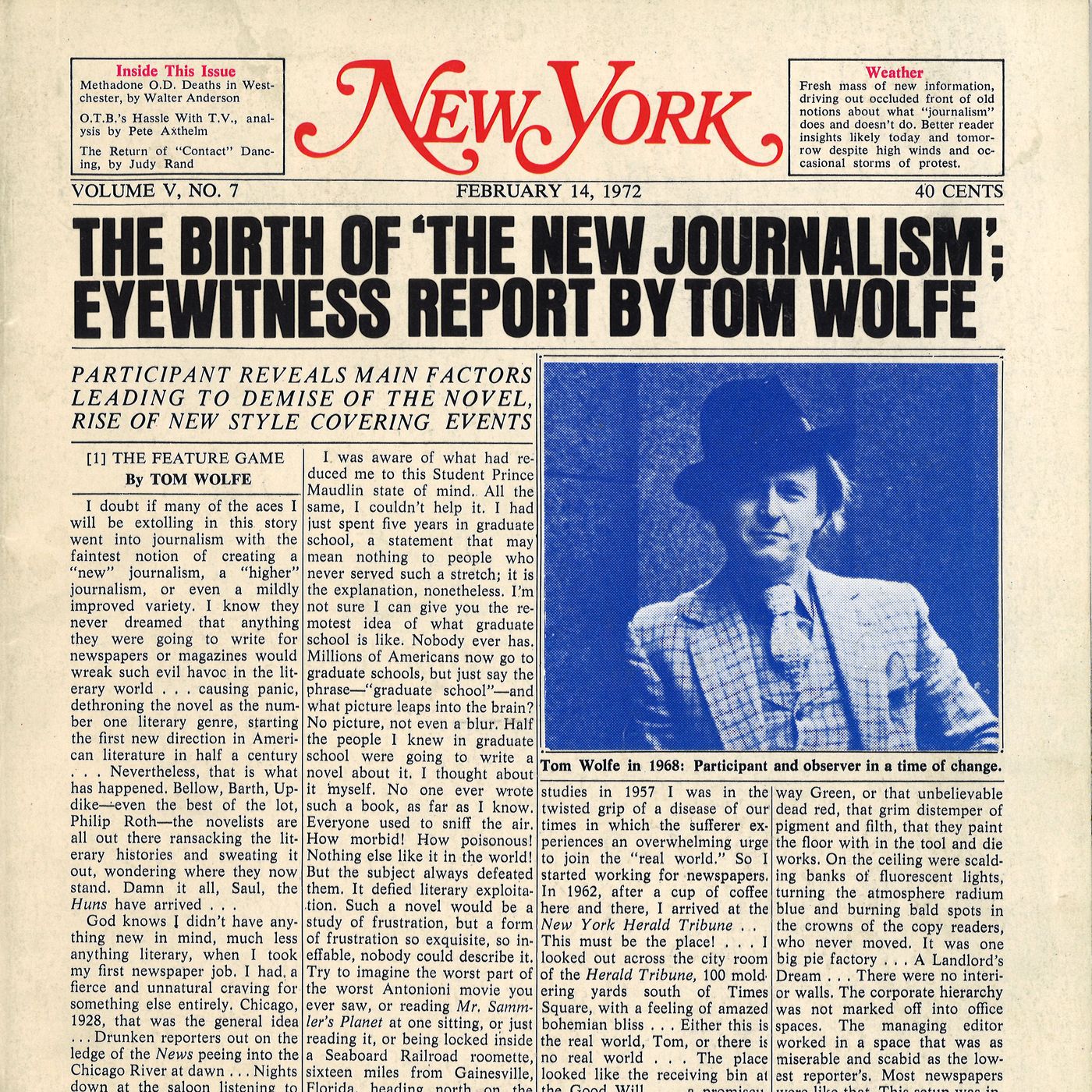News Articles for Dummies
Wiki Article
A Biased View of News Articles
Table of ContentsThe 3-Minute Rule for News ArticlesThings about News ArticlesAll About News ArticlesHow News Articles can Save You Time, Stress, and Money.News Articles for Dummies
Great knowledge of various subjects gives pupils an one-upmanship over their peers. Even though digital and social media sites are easily accessible, we must not forget how crucial it is to read the papers. Moms and dads need to try and inculcate the behavior of checking out a paper as an everyday regimen to continue the tradition of the adored print medium.News stories likewise have at least one of the complying with crucial features relative to the desired target market: closeness, prestige, timeliness, human passion, curiosity, or repercussion.
Within these restrictions, information stories likewise intend to be thorough. Amongst the larger and more respected papers, justness and balance is a major factor in presenting information.
Papers with a worldwide audience, as an example, tend to use an extra formal style of creating. The certain options made by a news outlet's editor or content board are usually collected in a design guide; usual style guides consist of the and the US News Design Publication. The major goals of information writing can be summarized by the ABCs of journalism: accuracy, brevity, and clearness.
The Only Guide to News Articles
As a policy, reporters will certainly not make use of a lengthy word when a brief one will do. News writers try to avoid making use of the same word more than once in a paragraph (sometimes called an "echo" or "word mirror").
Nonetheless, headings often leave out the subject (e.g., "Leaps From Watercraft, Catches in Wheel") or verb (e.g., "Pet cat woman fortunate"). A subhead (additionally subhed, sub-headline, subheading, caption, deck or dek) can be either a secondary title under the primary headline, or the heading of a subsection of the article. It is a heading that comes before the primary text, or a team of paragraphs of the primary text.
Extra billboards of any of these kinds may show up later in the post (specifically on subsequent web pages) to lure further analysis. Such signboards are also utilized as tips to the post in other areas of the publication or website, or as promotions for the item in other magazine or sites. Normal framework with title, lead paragraph (summary in vibrant), other paragraphs (information) and get in touch with information.

Instance of a hard-lead paragraph NASA is suggesting one more room project. The agency's spending plan demand, introduced today, included a plan to send another mission to the Moon. This time the firm wishes to develop a long-lasting facility as a jumping-off place for various other room journeys. The budget plan requests approximately $10 billion for the task.
The NASA statement came as the company requested $10 billion of appropriations for the project. An "off-lead" is the 2nd essential front page information of the day. The off-lead shows up either in the top left edge, or directly below the lead on the right. To "hide the lead" is to begin the post with background details or details of secondary significance to the readers, compeling them to learn more deeply right into an article than they should need to in order to discover the essential factors.
News Articles Can Be Fun For Everyone
Typical use is that or 2 sentences each form their own paragraph. Journalists generally describe the organization or structure of a newspaper article as an upside down pyramid. The necessary and most intriguing elements of a tale are put at the beginning, with supporting info complying with in order of lessening relevance.It allows people my website to explore a topic to only the depth that their curiosity takes them, and without the imposition of details or nuances that they could consider unimportant, but still making that information available to much more interested readers. The inverted pyramid structure also enables articles to be cut to any approximate size throughout design, to suit the room readily available.
Some authors start their stories with the "1-2-3 lead", yet there are several sort of lead offered. This layout inevitably starts with a "Five Ws" opening paragraph (as defined over), complied with by an indirect quote that offers to support a major component of the initial paragraph, the original source and after that a direct quote to sustain the indirect quote. [] A twist can refer to multiple points: The last tale in the news broadcast; a "pleased" story to finish the show.
Longer short articles, such as publication cover short articles and the items that lead the inside areas of a newspaper, are understood as. Feature stories differ from straight news in numerous ways.
Unknown Facts About News Articles
A feature's first paragraphs commonly associate an interesting minute or event, as in an "anecdotal lead". From the particulars of an individual or episode, its view quickly expands to generalizations regarding the tale's topic.
The Editor's Tool kit: A Recommendation Guide for Beginners and Professionals (2001) Allan M. Siegal and William G. Connolly. The New York City Times Manual of Design and Usage: The Official Design Overview Used by the Writers and Editors of the World's The majority of Authoritative Paper (2002) content M. L. Stein, Susan Paterno, and R.
Report this wiki page